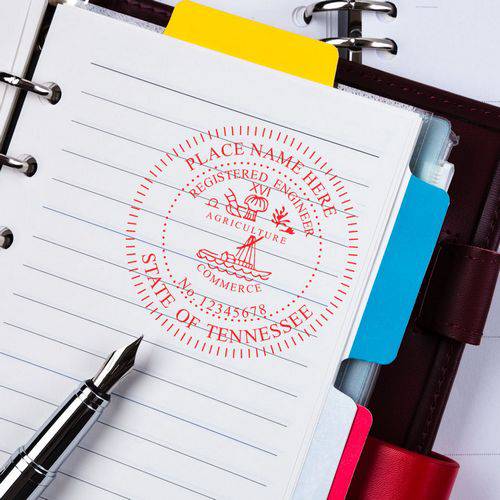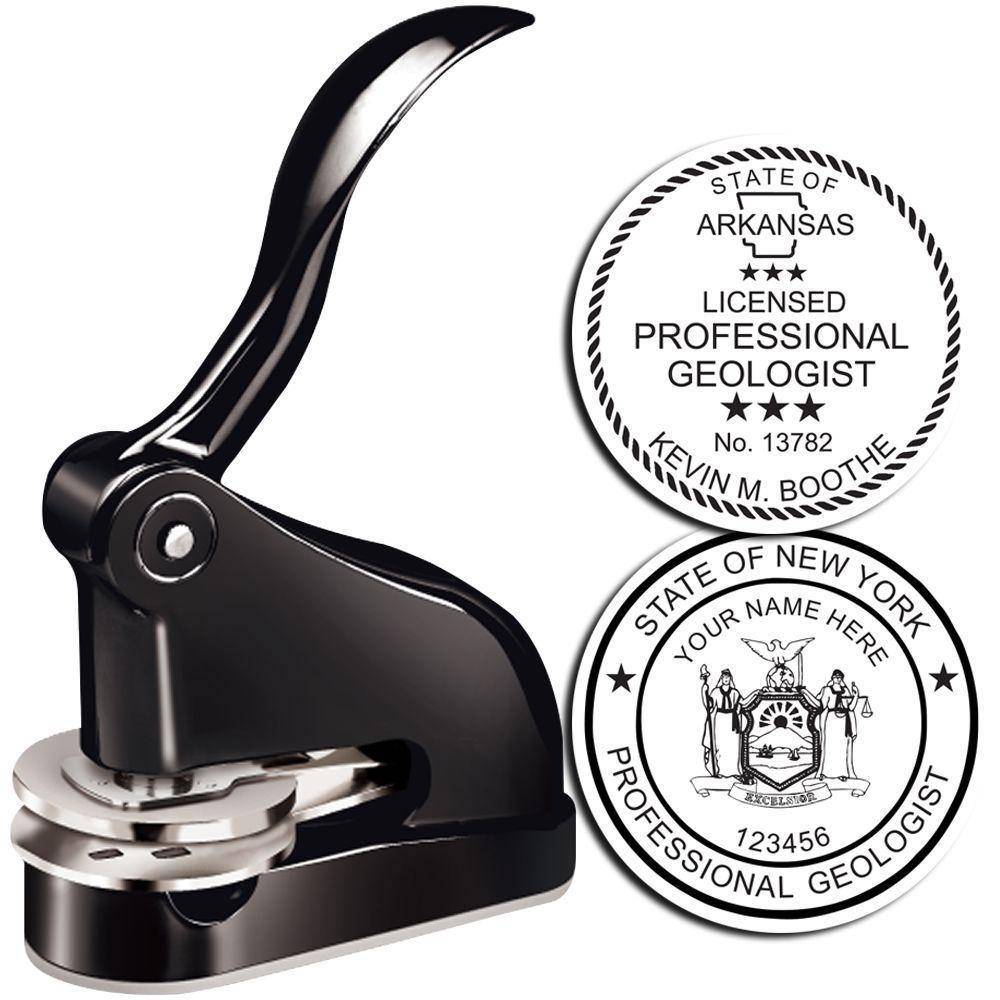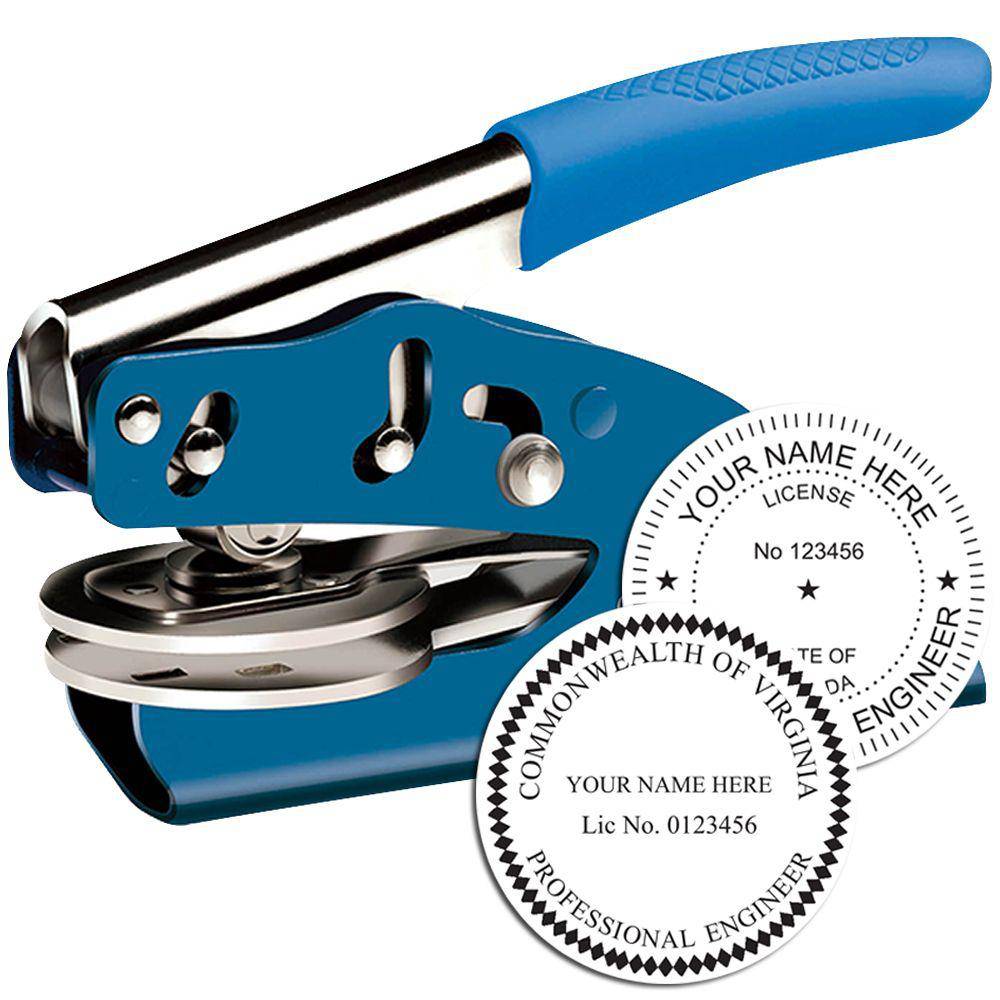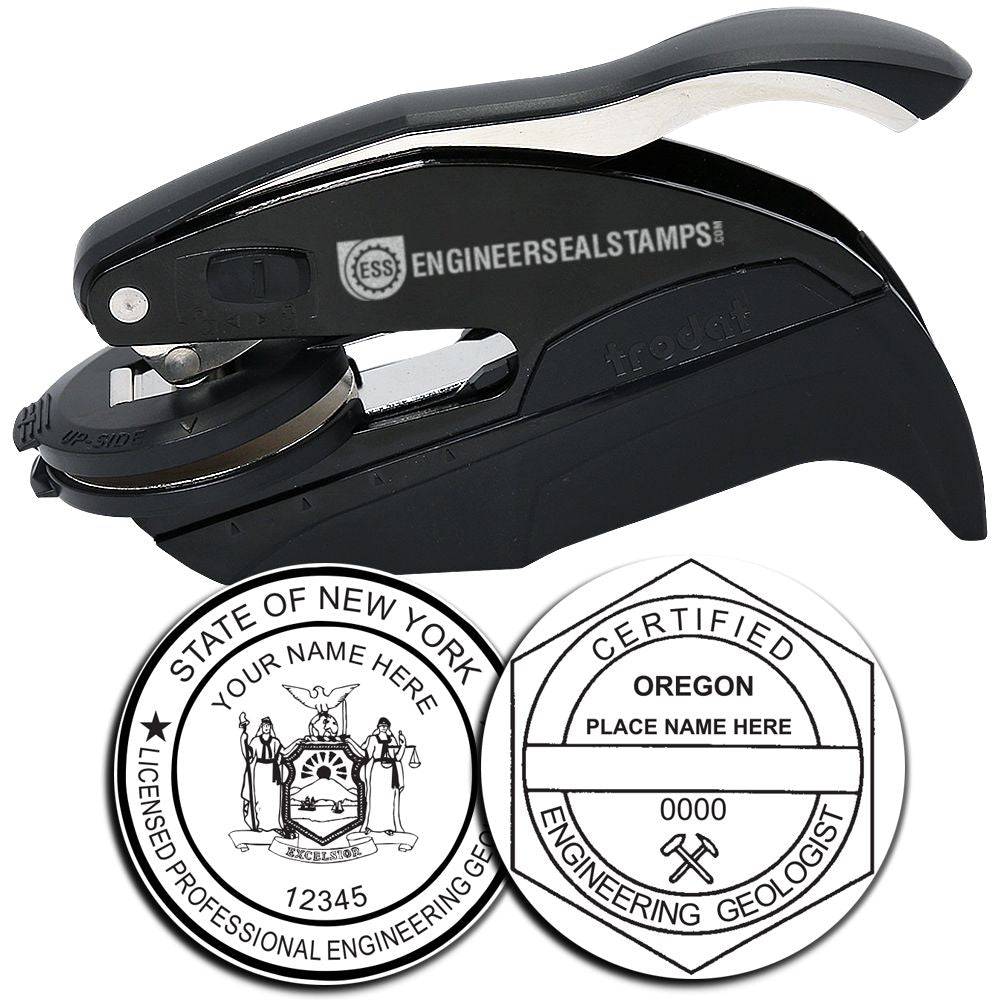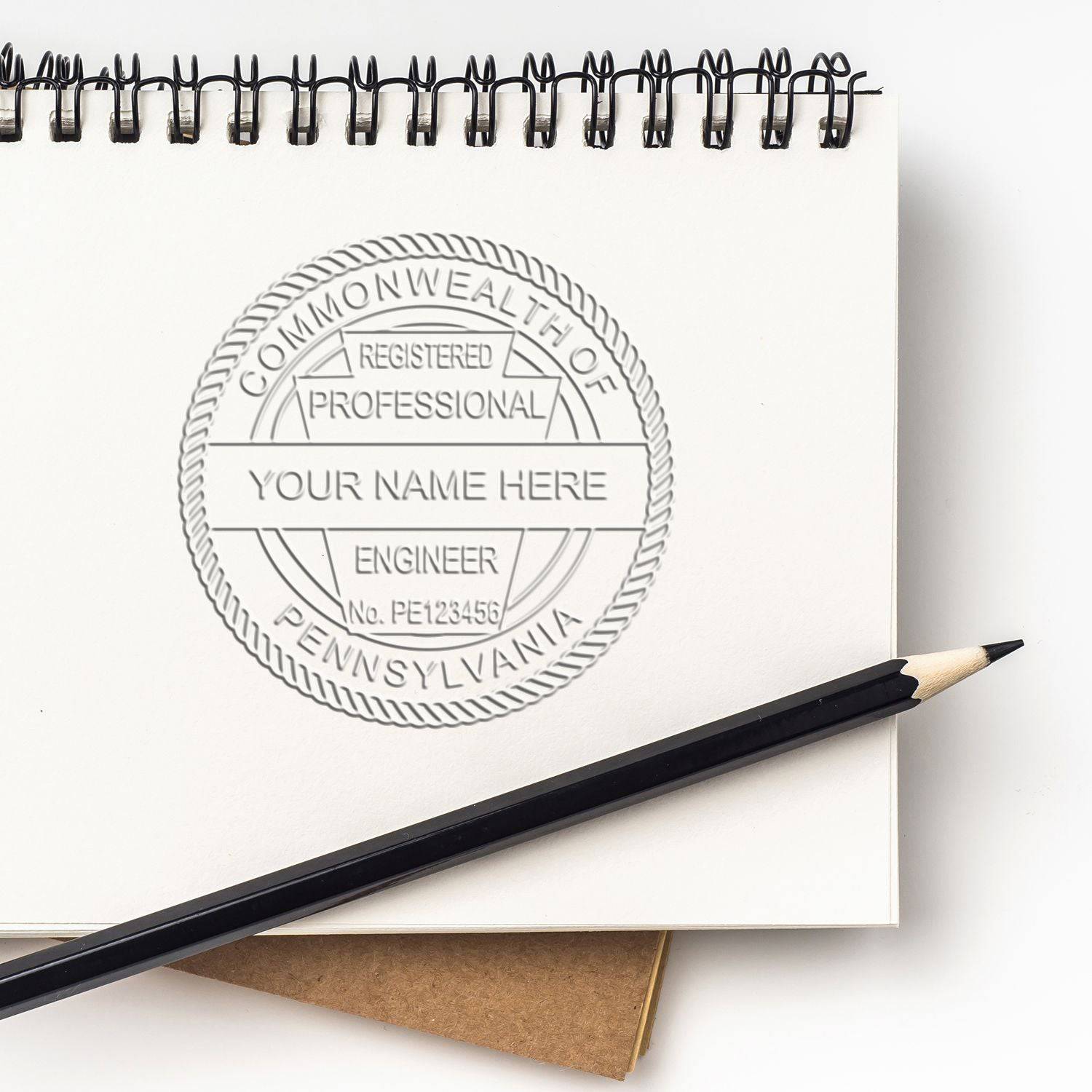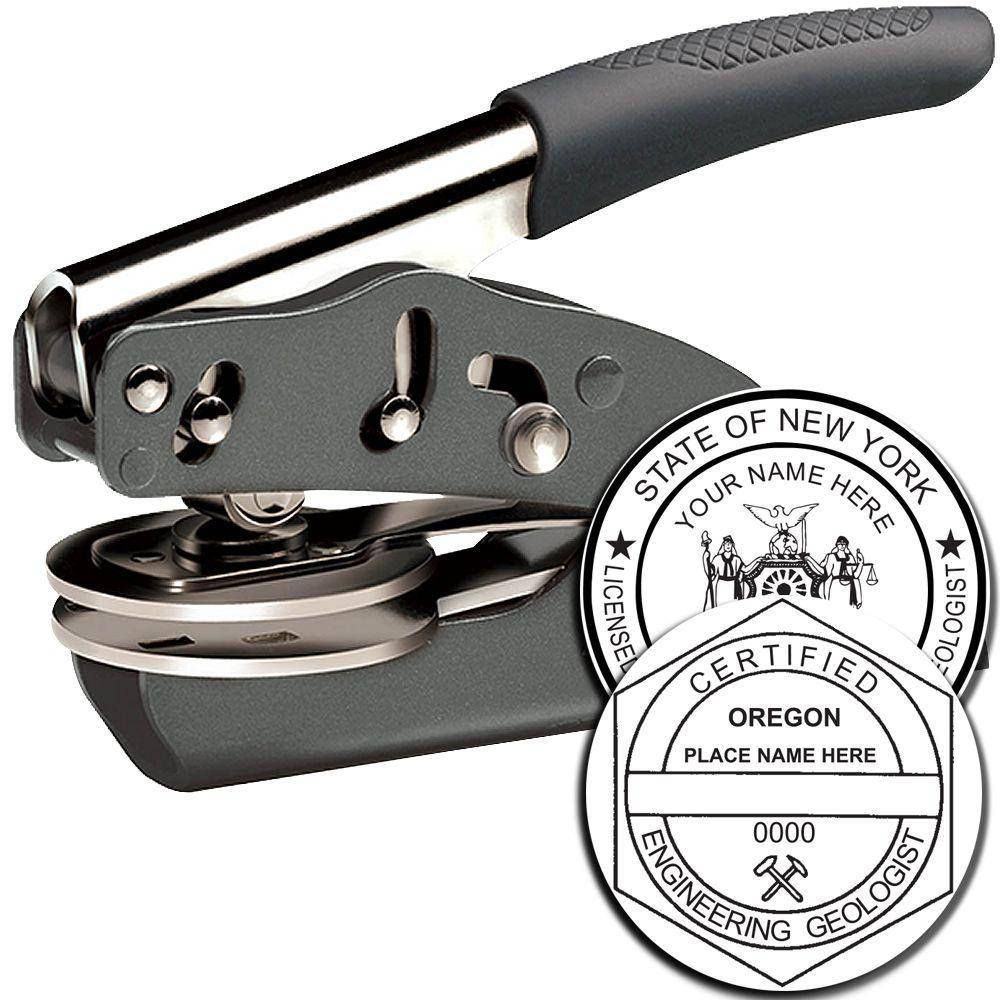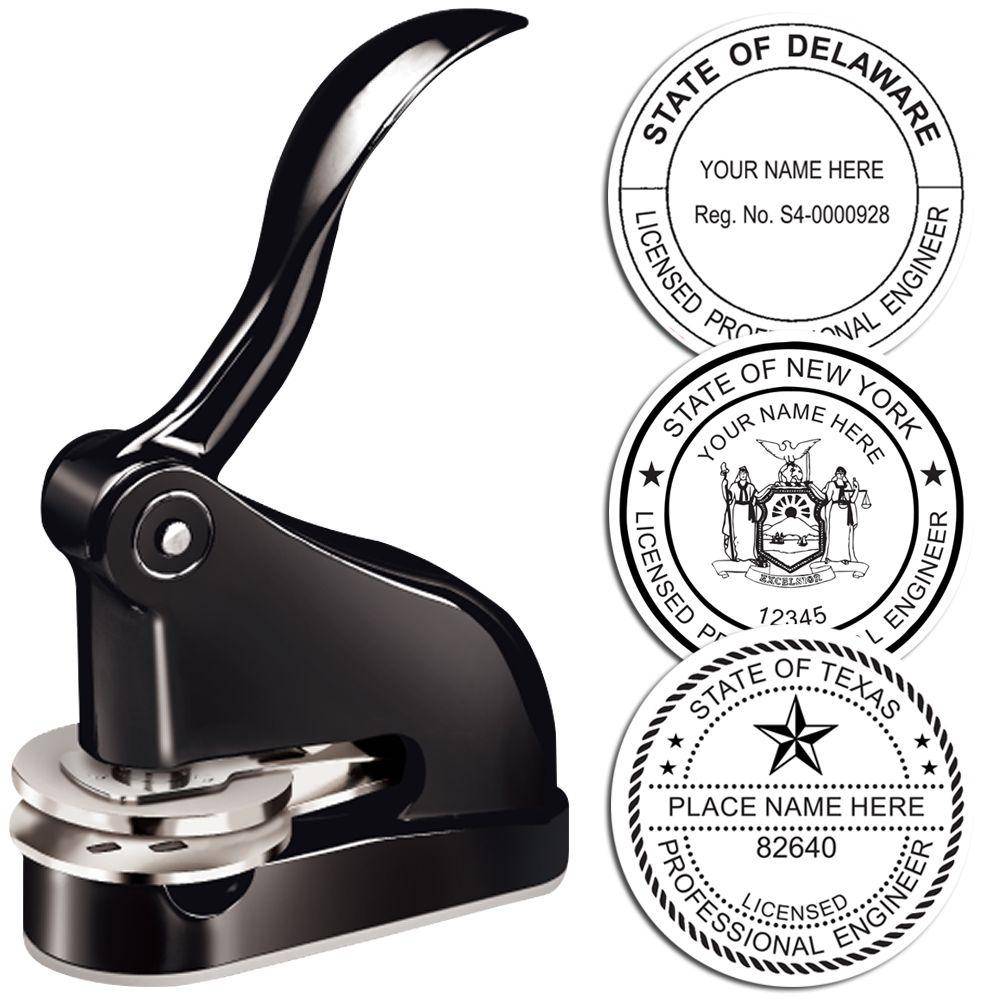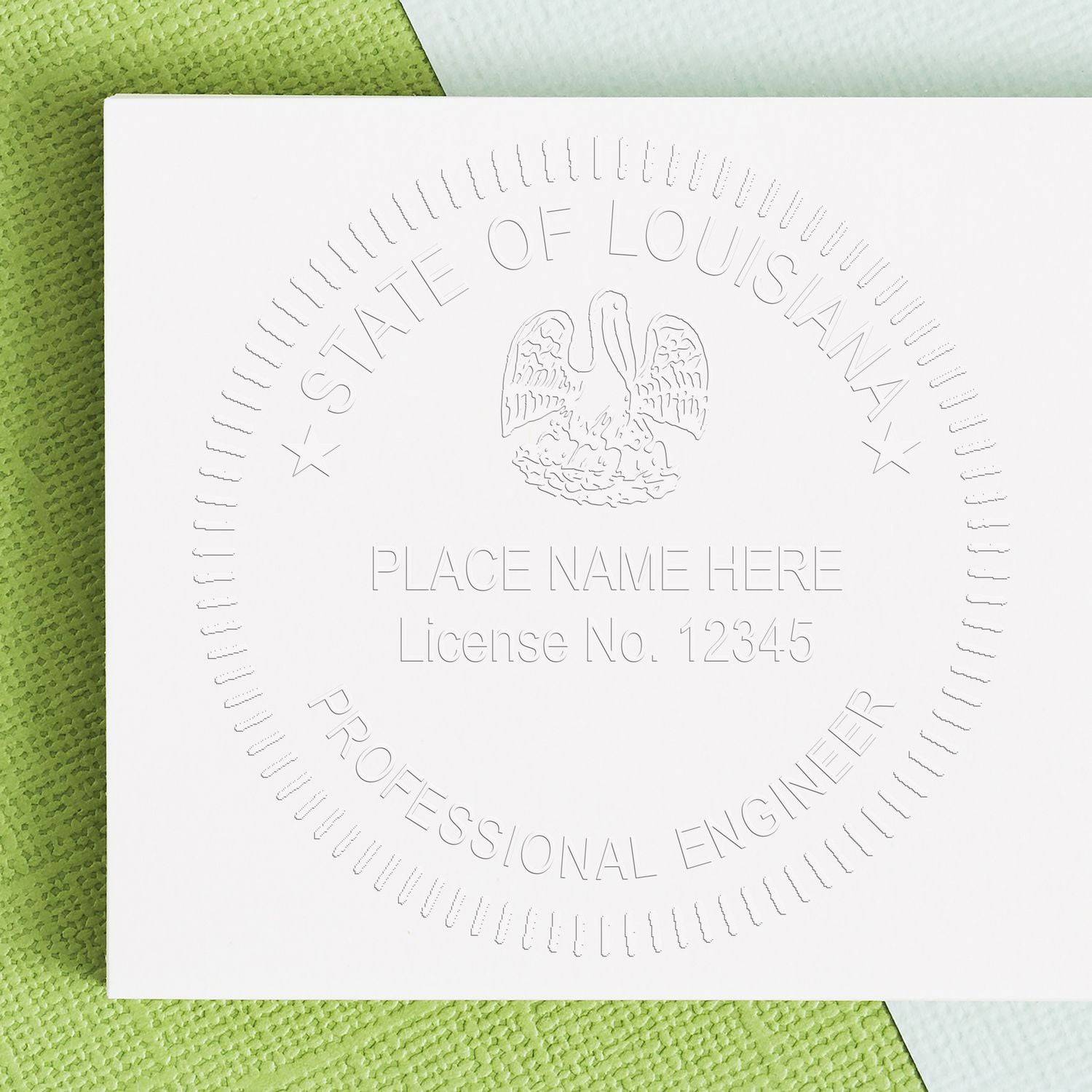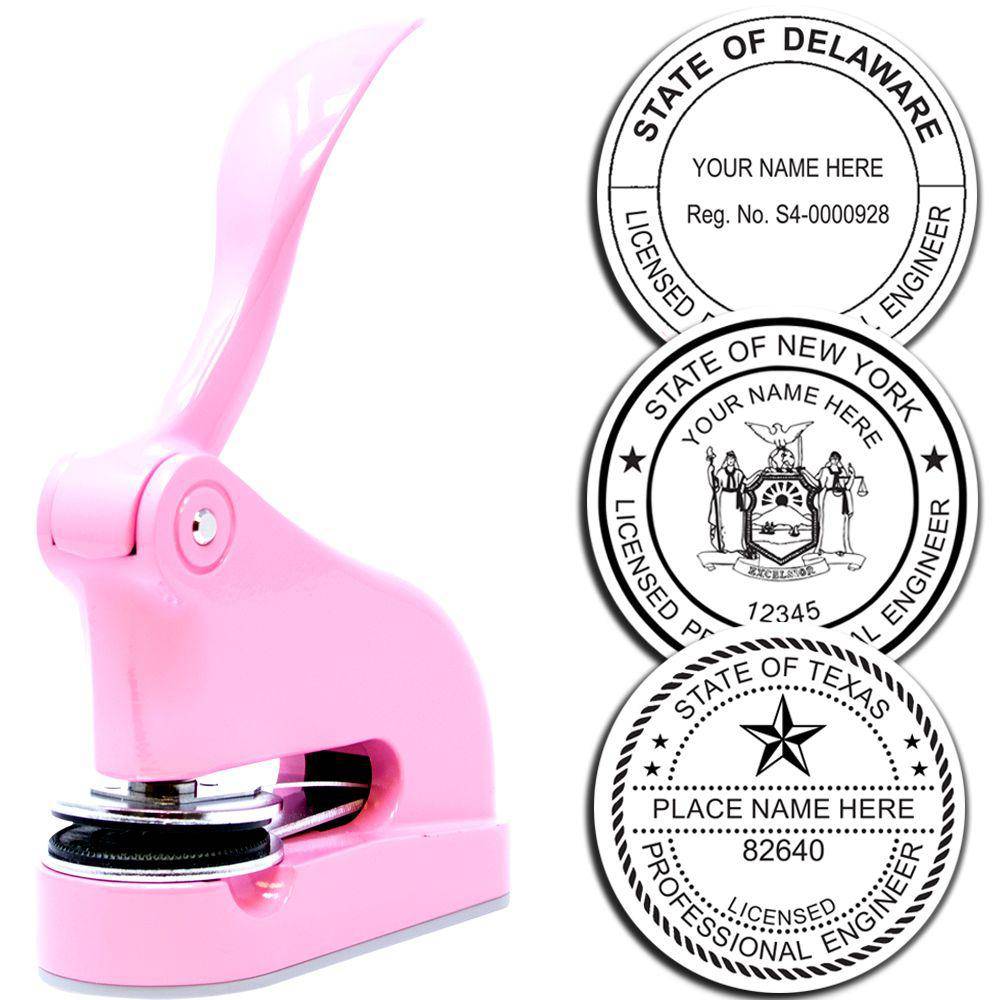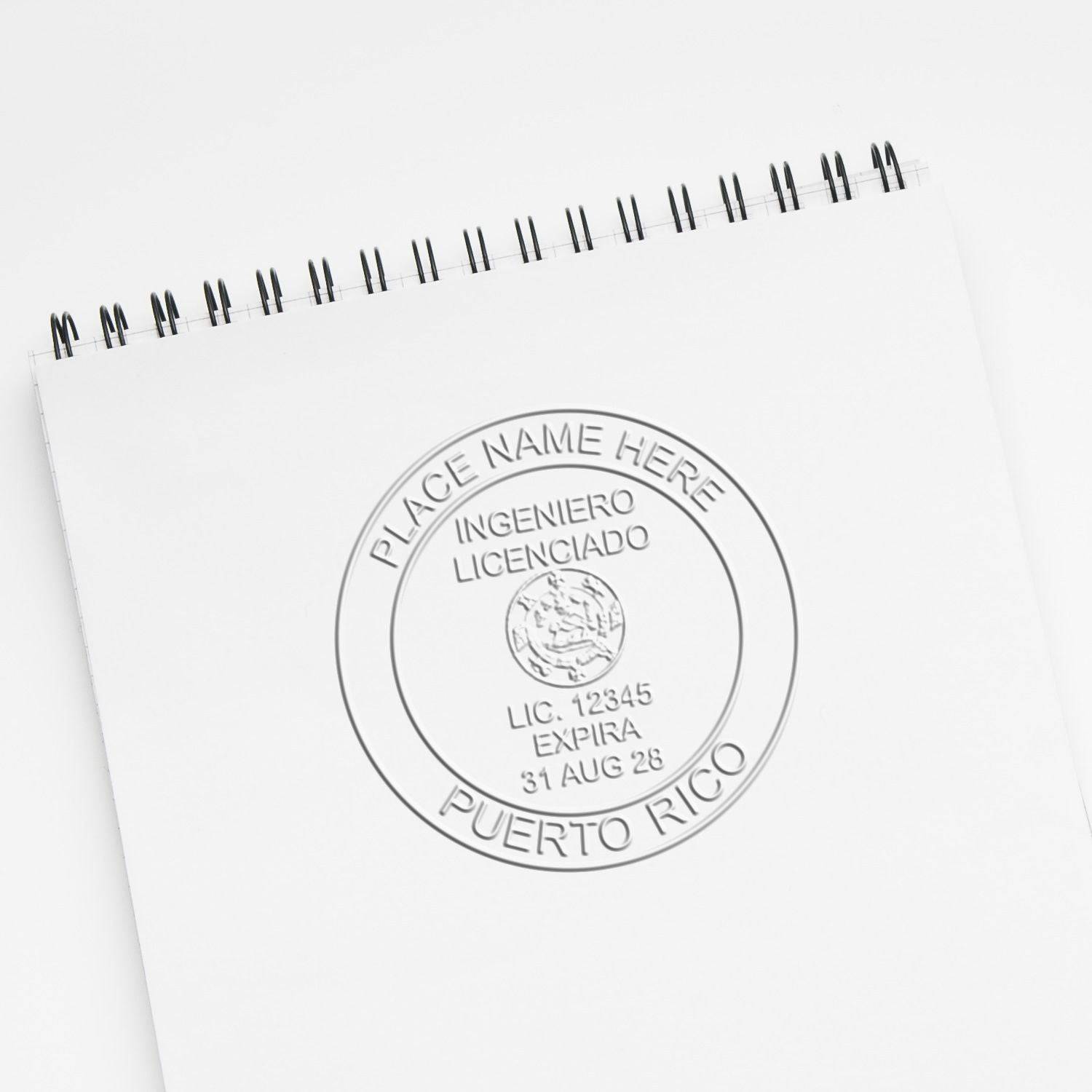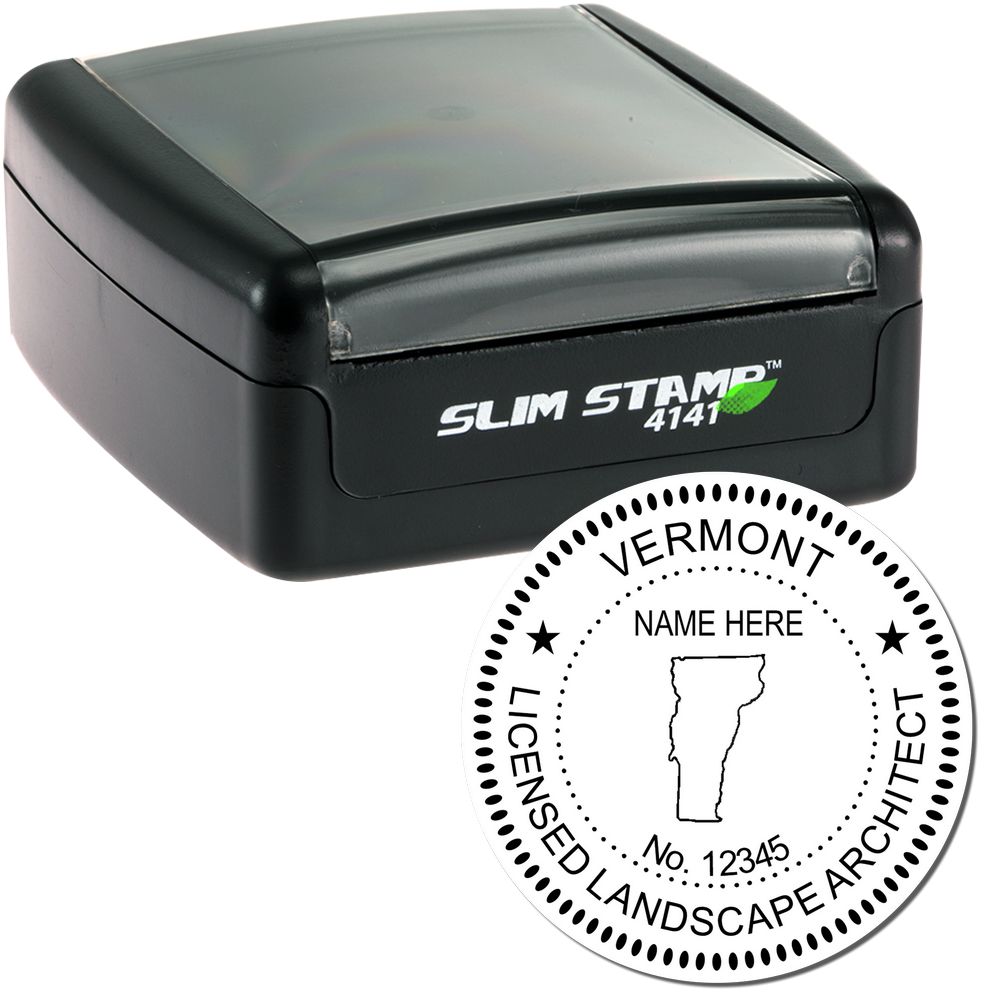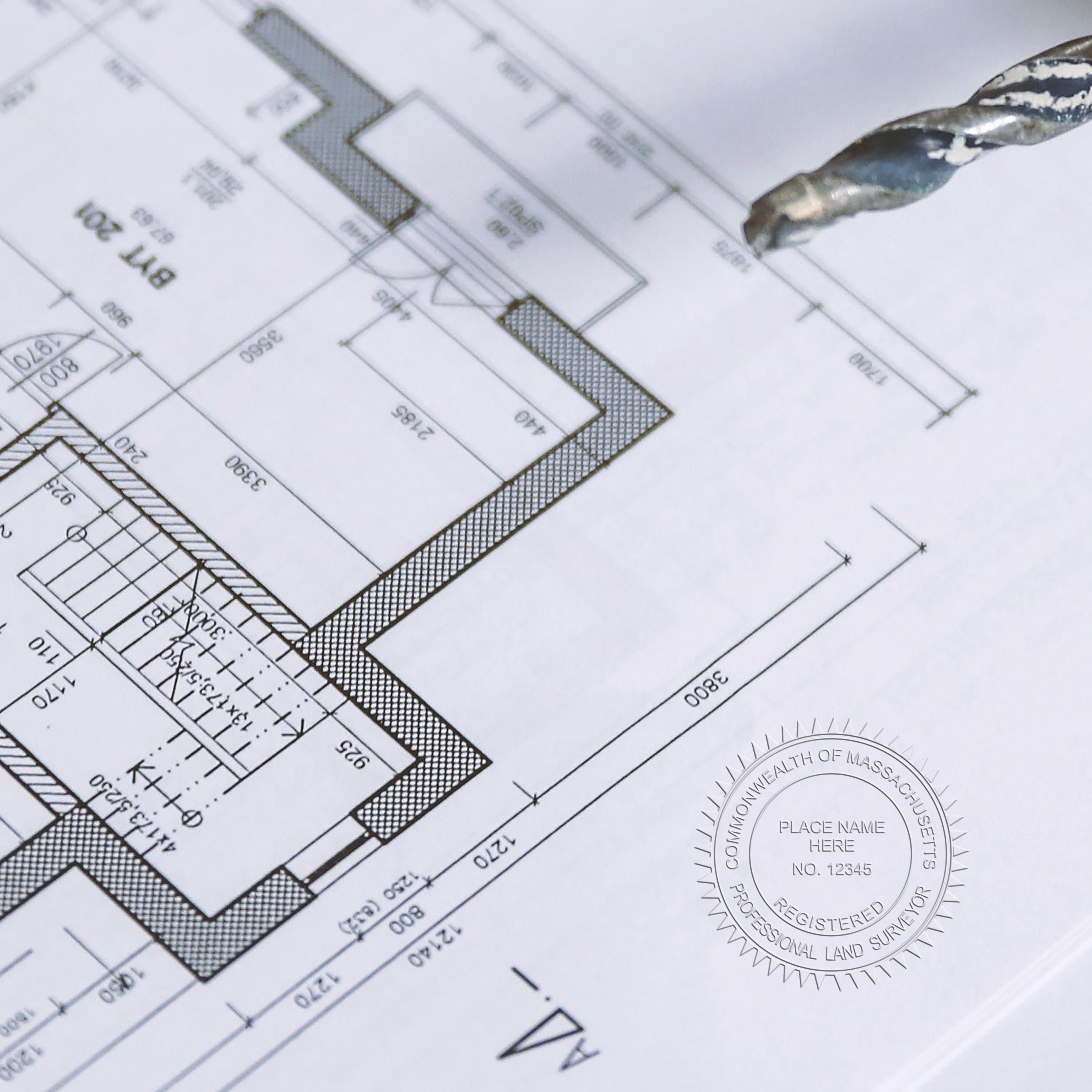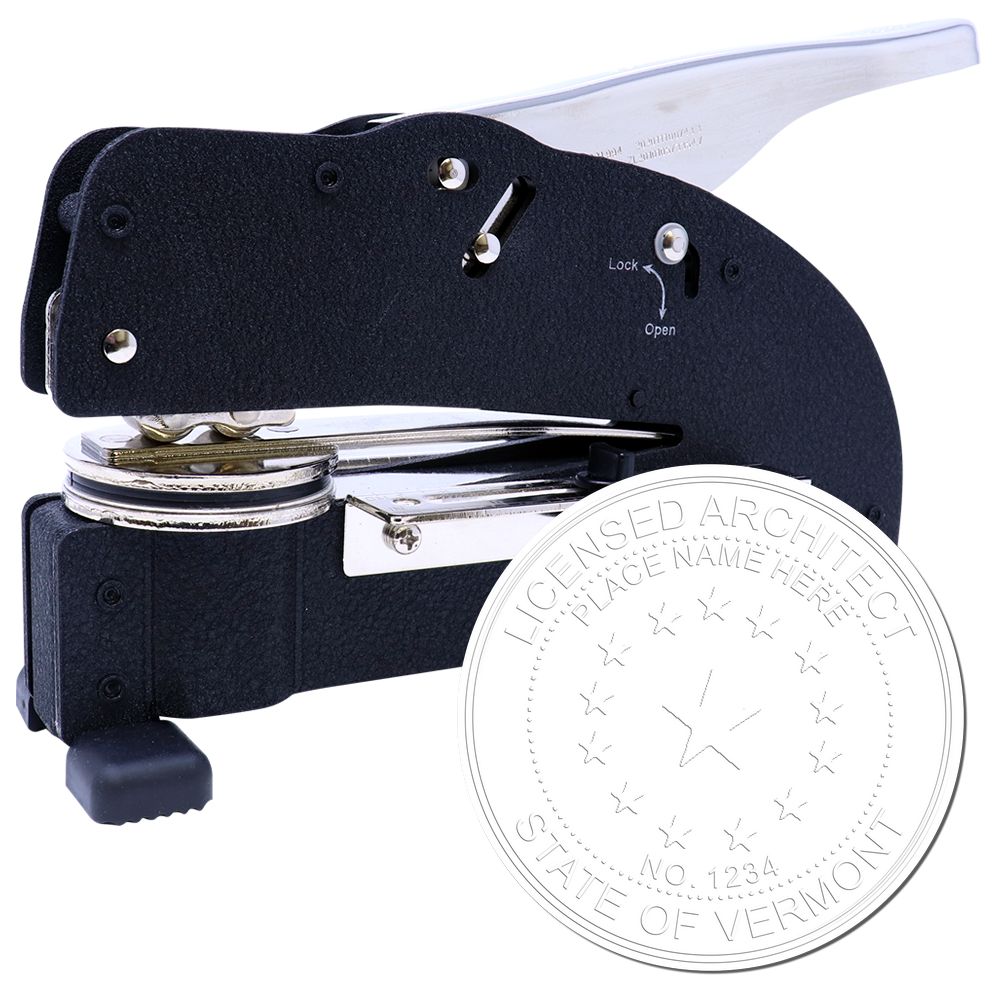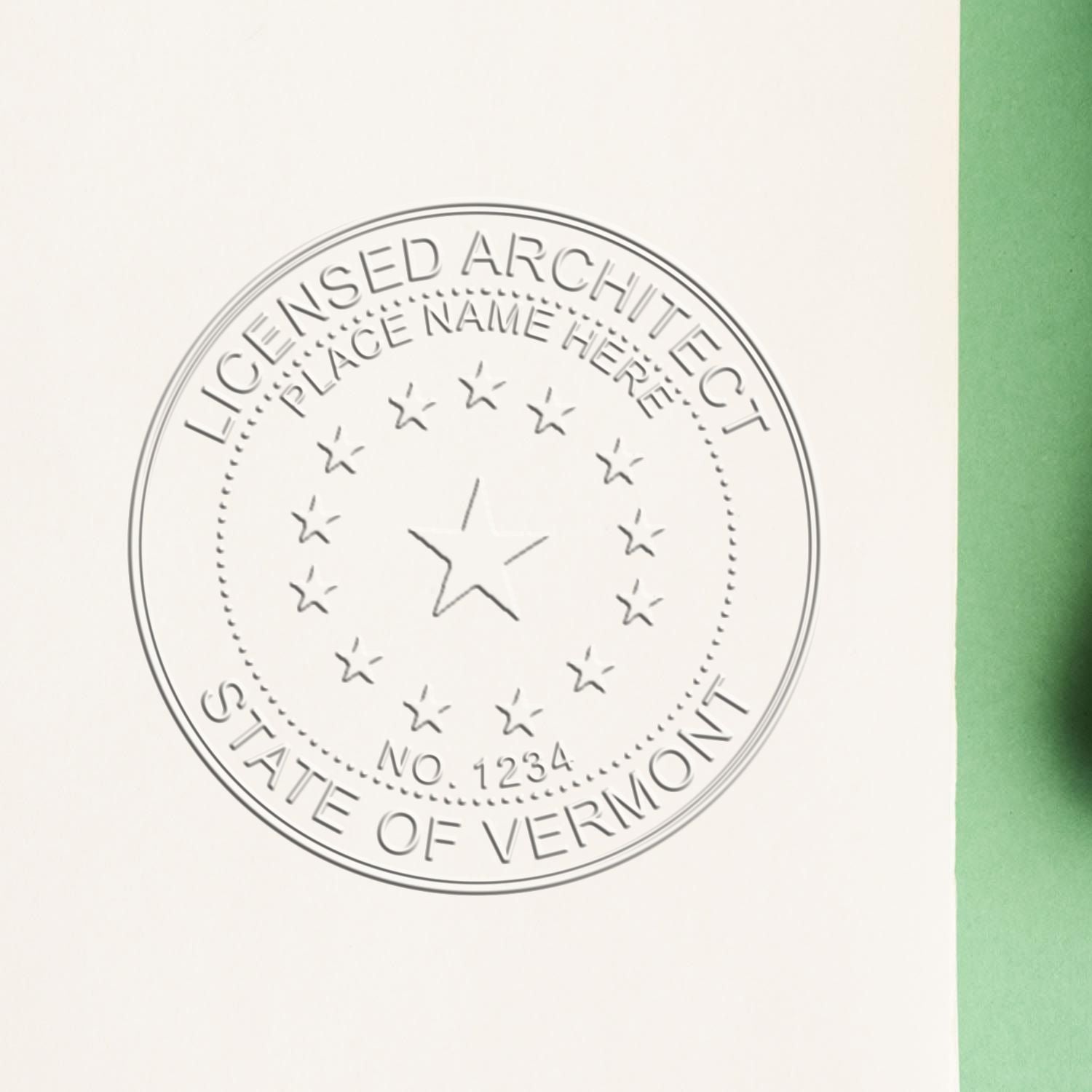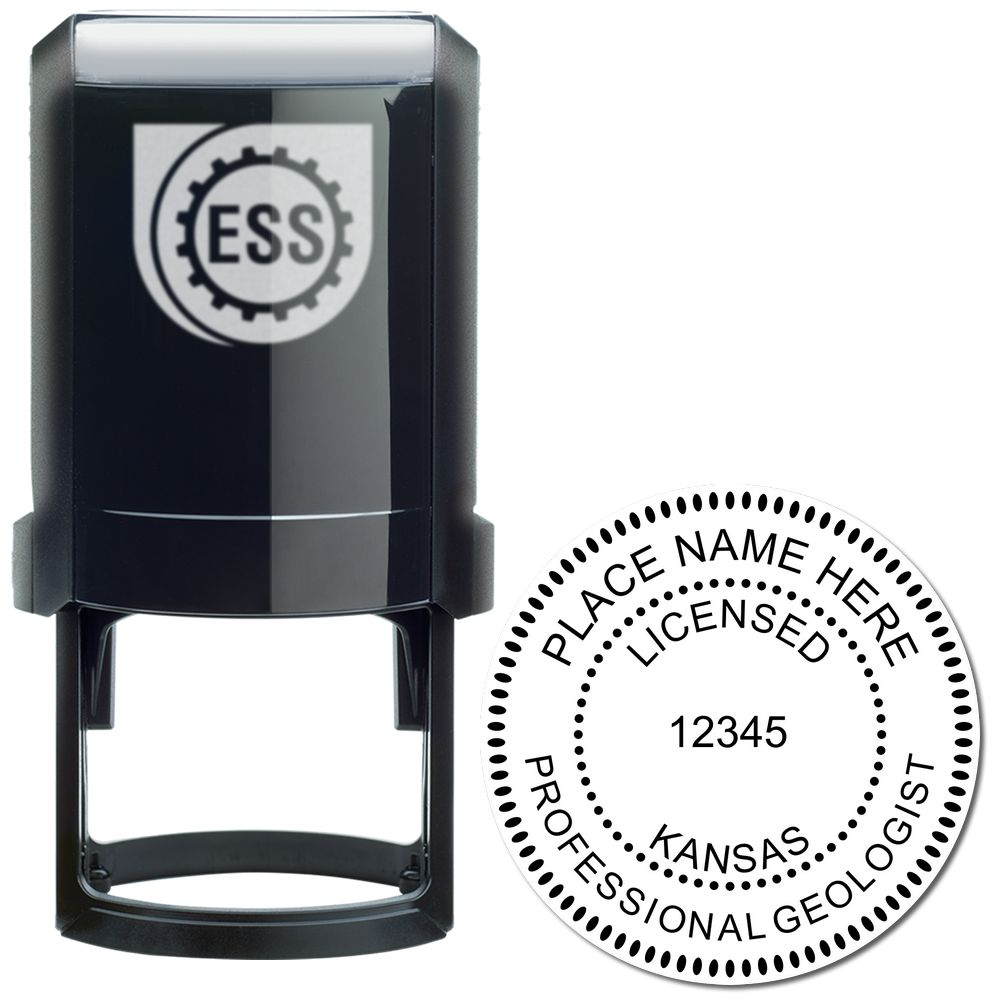The Power of Custom Rubber Stamps
Introduction to Custom Rubber Stamps
Custom rubber stamps have become an indispensable tool for professionals in various industries. These stamps offer a convenient and efficient way to mark important information on documents, products, and other materials. With advancements in stamping technology, custom rubber stamps have evolved to meet the specific needs of different professions, including inspections.
Custom rubber stamps are designed to be personalized with specific text, logos, or designs, allowing professionals to create imprints tailored to their unique requirements. The stamps are typically made of high-quality rubber, which provides durability and ensures clear and consistent impressions.
Benefits of Using Custom Rubber Stamps for Inspections
When it comes to inspections, having a reliable and efficient tool is essential for professionals to carry out their tasks effectively. Here are some benefits of using custom rubber stamps for inspections:
-
Time-saving: Custom rubber stamps allow inspectors to quickly mark items, documents, or reports with standard information, eliminating the need for repetitive writing or typing. This not only saves time but also enhances productivity during inspections.
-
Consistency and Legibility: With custom rubber stamps, inspectors can ensure consistent and legible markings on various surfaces. This helps to maintain clarity and avoid confusion when reviewing inspection results or records.
-
Professionalism and Branding: Custom rubber stamps can be personalized to include company logos, names, or specific inspection information. This adds a professional touch to inspection reports, documents, or products, while also promoting brand visibility and recognition.
-
Accuracy and Compliance: Using custom rubber stamps for inspections helps ensure that important information, such as inspection dates, codes, or approval stamps, is accurately recorded. This promotes compliance with regulatory requirements and industry standards.
-
Versatility: Custom rubber stamps can be used across different inspection scenarios, including inspections for businesses, manufacturing facilities, warehouses, documents, packaging, inventory, and equipment. The stamps can be tailored to suit the specific needs of each inspection type.
By utilizing custom rubber stamps for inspections, professionals can streamline their processes, maintain consistency, and enhance the overall efficiency of their work. Whether it's marking documents, verifying quality, or ensuring compliance, custom rubber stamps are a powerful tool that provides numerous advantages for inspection professionals. To learn more about inspection stamps, visit our article on inspection stamps.
Introducing Self-Inking Inspection Stamps
When it comes to streamlining inspection processes, self-inking inspection stamps are a game-changer. These stamps offer convenience, efficiency, and consistency, making them an essential tool for professionals who conduct inspections. In this section, we will explore what self-inking inspection stamps are and how they work.
What are Self-Inking Inspection Stamps?
Self-inking inspection stamps are a type of custom rubber stamp specifically designed for inspection purposes. Unlike traditional stamps that require a separate ink pad, self-inking stamps have an integrated ink pad within the stamp body. This eliminates the need for messy ink pads and allows for quick and effortless stamping.
The self-inking mechanism of these stamps automatically re-inks the stamp pad after each impression, ensuring a consistent and clear imprint every time. This feature makes self-inking inspection stamps highly efficient and user-friendly.
How Self-Inking Stamps Work
Self-inking inspection stamps have a simple yet innovative design. The stamp is composed of three main components: the stamp housing, the ink pad, and the rubber die with the customized inspection information. When the stamp is pressed onto a surface, the ink pad moves downward, making contact with the rubber die. This transfer of ink from the pad to the die results in a clean and precise impression.

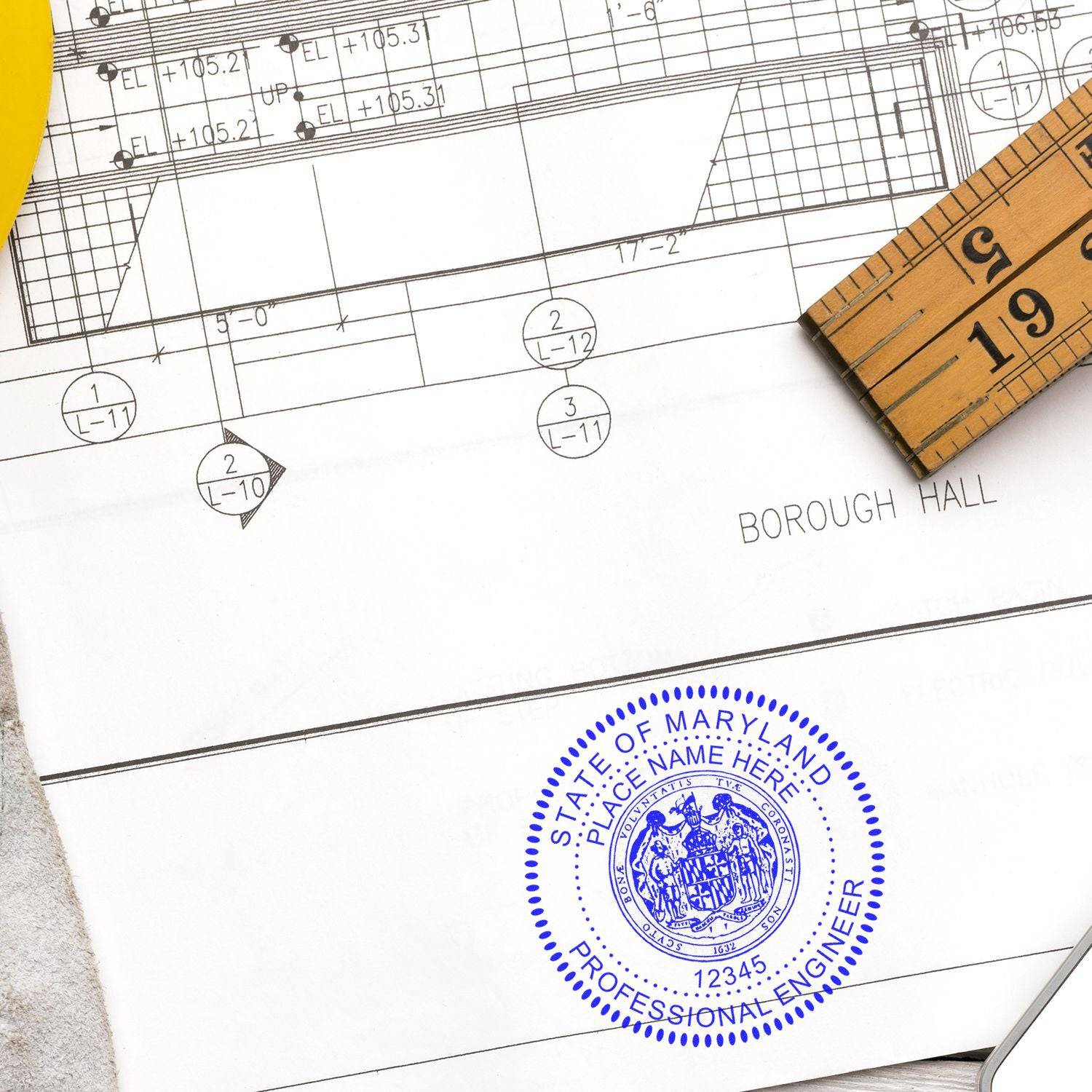
Once the impression is made, the ink pad automatically retracts back into the stamp housing, re-inking itself in the process. This self-inking mechanism ensures that the stamp is always ready for the next use, eliminating the need for manual re-inking or the use of separate ink pads.
With self-inking inspection stamps, professionals can carry out inspections smoothly and efficiently, saving time and effort. These stamps offer consistent and accurate results, making them an invaluable tool in various industries, including manufacturing, warehousing, documentation, packaging, inventory management, and equipment inspections. For more information on different types of inspection stamps, check out our article on inspection stamps.
In the next section, we will explore the numerous advantages of using self-inking inspection stamps, highlighting their efficiency, consistency, and customization options.
Advantages of Self-Inking Inspection Stamps
When it comes to inspection stamps, self-inking stamps offer several advantages that make them a popular choice among professionals. These stamps are designed for efficiency, consistency, and customization, making them an essential tool for inspections.
Efficiency and Convenience
One of the key advantages of self-inking inspection stamps is their efficiency and convenience. These stamps are equipped with an integrated ink pad, eliminating the need for separate ink pads and reducing the risk of mess or smudging. With each impression, the stamp automatically re-inks itself, ensuring a consistent and clear mark every time.
In addition, self-inking stamps are designed for quick and easy stamping. The built-in mechanism allows for rapid and repetitive stamping without the need to re-ink after every impression. This saves time and effort, especially during high-volume inspections.
Consistency and Accuracy
Consistency and accuracy are vital in inspections, and self-inking inspection stamps excel in delivering these qualities. The self-inking mechanism ensures that the stamp consistently applies the right amount of ink for each impression, resulting in clear and legible markings. This consistency is essential for maintaining accurate records and ensuring compliance with inspection standards.
Moreover, self-inking stamps provide precise and uniform impressions, reducing the chances of human error. The design of the stamp allows for precise alignment, ensuring that each mark is placed exactly where it needs to be. This level of accuracy is crucial when documenting inspections and maintaining quality control.
Customization and Branding
Self-inking inspection stamps offer the advantage of customization and branding. These stamps can be personalized with custom text, logos, or other unique identifiers. This allows professionals to tailor the stamp to their specific inspection requirements and include important information such as company name, inspection codes, or dates.
By incorporating branding elements into the stamp, professionals can also enhance their corporate identity and create a professional image. This can be particularly beneficial in situations where multiple inspections are conducted, and the stamp serves as a representation of the organization or individual performing the inspection.
In summary, self-inking inspection stamps offer several advantages that make them an invaluable tool for professionals. Their efficiency and convenience streamline the inspection process, while their consistency and accuracy ensure accurate and reliable documentation. Additionally, the ability to customize these stamps allows for personalized branding and identification. Whether used in manufacturing, warehouses, or document inspections, self-inking inspection stamps are a valuable asset for professionals seeking efficiency, accuracy, and customization in their inspection processes.
Considerations When Choosing Self-Inking Inspection Stamps
When selecting a self-inking inspection stamp for your professional needs, there are several important considerations to keep in mind. The right combination of size, shape, ink color, refillability, and design customization can enhance the effectiveness and efficiency of your stamping process. Let's explore these considerations in detail.
Size and Shape Options
Self-inking inspection stamps come in various sizes and shapes to accommodate different requirements. The size of the stamp should be chosen based on the amount of information you need to include in the impression. It's important to strike a balance between readability and practicality. A stamp that is too small may result in illegible impressions, while an oversized stamp may be inconvenient to use.
Similarly, the shape of the stamp can vary from rectangular to circular, or even custom shapes. The choice of shape depends on personal preference and the nature of the inspections. For example, a rectangular stamp may be suitable for documenting specific details, while a circular stamp can be used to indicate pass/fail status. Consider your specific needs and the space available for stamping when selecting the size and shape of your self-inking inspection stamp.
Ink Color and Refillability
Ink color plays a significant role in ensuring clear and visible impressions. When choosing the ink color for your self-inking inspection stamp, consider factors such as readability, contrast with the stamping surface, and compliance with any industry standards or regulations. Common ink colors used for inspection stamps include black, blue, red, and green. Select the color that best suits your requirements and provides optimal visibility.
Refillability is another important aspect to consider. Some self-inking inspection stamps come with built-in ink cartridges that can be easily replaced when the ink runs out. This ensures continuous and uninterrupted use of the stamp without the need for separate ink pads. Refillable stamps are a convenient option, reducing the hassle of manual ink application and increasing the longevity of the stamp.
Design and Customization
Customization options for self-inking inspection stamps allow you to tailor the stamp to your specific needs. You can include important information such as company logos, inspection codes, or specific details relevant to your industry. The ability to customize your stamp helps to establish brand identity and ensures that the stamp meets your unique requirements.
When designing your self-inking inspection stamp, consider the layout, font size, and style to ensure readability and professionalism. Opt for clear and legible fonts that are easy to read even on small impressions. Remember to maintain a balance between the amount of information you want to include and the available space on the stamp.
By considering these factors when choosing a self-inking inspection stamp, you can find the perfect match for your professional needs. Remember to explore options specific to your industry, such as inspection stamps for manufacturing or inspection stamps for documents, to ensure you have a stamp that meets all your requirements.
Making the Most of Self-Inking Inspection Stamps
To fully utilize the benefits of self-inking inspection stamps, it's important to understand how to use and maintain them effectively. Here are some tips to help you make the most of your self-inking inspection stamp:
Proper Usage and Maintenance
-
Ink the stamp correctly: Before using the self-inking inspection stamp, make sure it is properly inked. Press the stamp down firmly on a flat surface a few times to ensure the ink is evenly distributed.
-
Apply even pressure: When using the stamp, apply even pressure to ensure a clear and consistent impression. Avoid pressing too hard, as it may cause smudging or bleeding.
-
Choose the right surface: Self-inking inspection stamps are versatile and can be used on various surfaces. However, for optimal results, ensure that the surface is clean, dry, and free from any debris that could affect the stamp's impression.
-
Store properly: After using the stamp, store it in a cool, dry place to prevent the ink from drying out. Keep the stamp away from direct sunlight, extreme temperatures, and excessive humidity.
Tips for Optimal Results
-
Perform regular maintenance: Clean the stamp regularly to remove any ink residue or debris that may accumulate on the stamp pad or the stamping surface. Use a mild detergent and a soft cloth to gently wipe the stamp clean. Avoid using harsh chemicals or abrasive materials that may damage the stamp.
-
Inspect the stamp: Regularly check the stamp for any signs of wear and tear. If you notice any damage to the stamp pad or the stamping mechanism, consider replacing it to ensure consistent and clear impressions.
-
Use the stamp as intended: Self-inking inspection stamps are designed for specific purposes, so use them accordingly. Refer to the guidelines provided by the manufacturer for specific instructions on the stamp's usage and limitations.
Maximizing the Lifespan of Your Stamp
-
Use high-quality ink: Choose a high-quality ink refill that is compatible with your self-inking inspection stamp. Using the recommended ink will not only produce better impressions but also help prolong the lifespan of your stamp.
-
Keep spare ink refills: It's always a good idea to have spare ink refills on hand. This ensures that you can quickly replace the ink cartridge when it runs out, preventing any interruptions in your inspection process.
-
Follow recommended usage: To maximize the lifespan of your self-inking inspection stamp, use it in accordance with the recommended frequency and duration. Avoid excessive and unnecessary stamping, as it may lead to premature wear and tear.
By following these guidelines for proper usage, regular maintenance, and implementing the suggested tips, you can ensure the longevity and optimal performance of your self-inking inspection stamp. For more information on different types of inspection stamps, check out our article on inspection stamps.
About ESS
At Engineer Seal Stamps (ESS), we aren't just makers; we're dedicated craftsmen passionate about bringing precision to your fingertips. Specializing in the creation of custom rubber stamps, professional seals, and notary stamps, our expertise is underpinned by a steadfast commitment to stellar customer service. Every ESS product isn't just a tool, but a promise—backed by our state board guarantee, ensuring that each seal and stamp you receive from us is of impeccable standard. Our dedication extends beyond the product; we pride ourselves on being responsive, attentive, and always in tune with our customers' needs. Choose ESS, where excellence meets assurance, and every impression counts.



